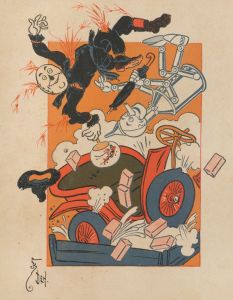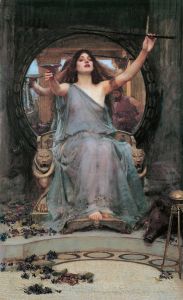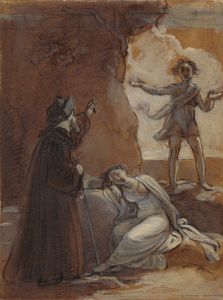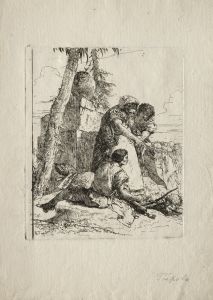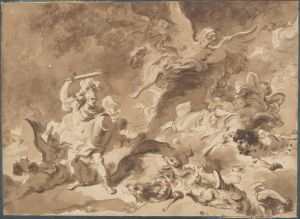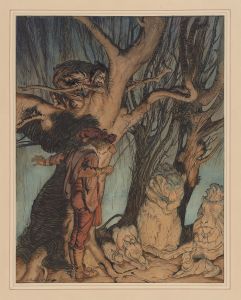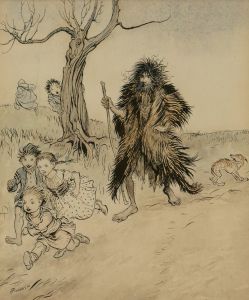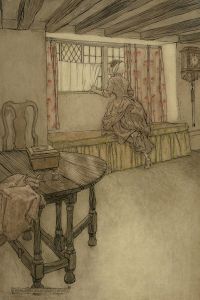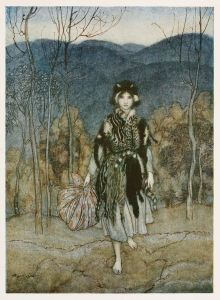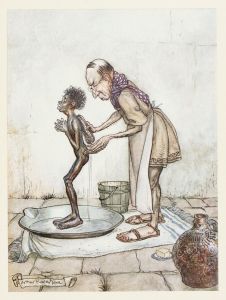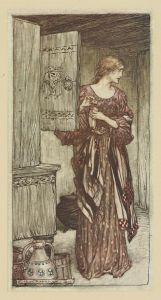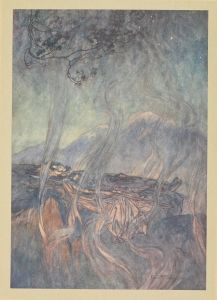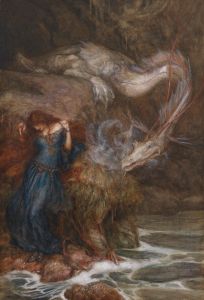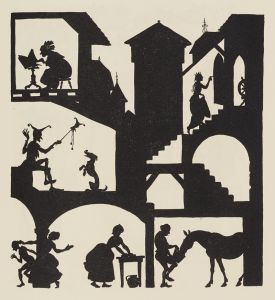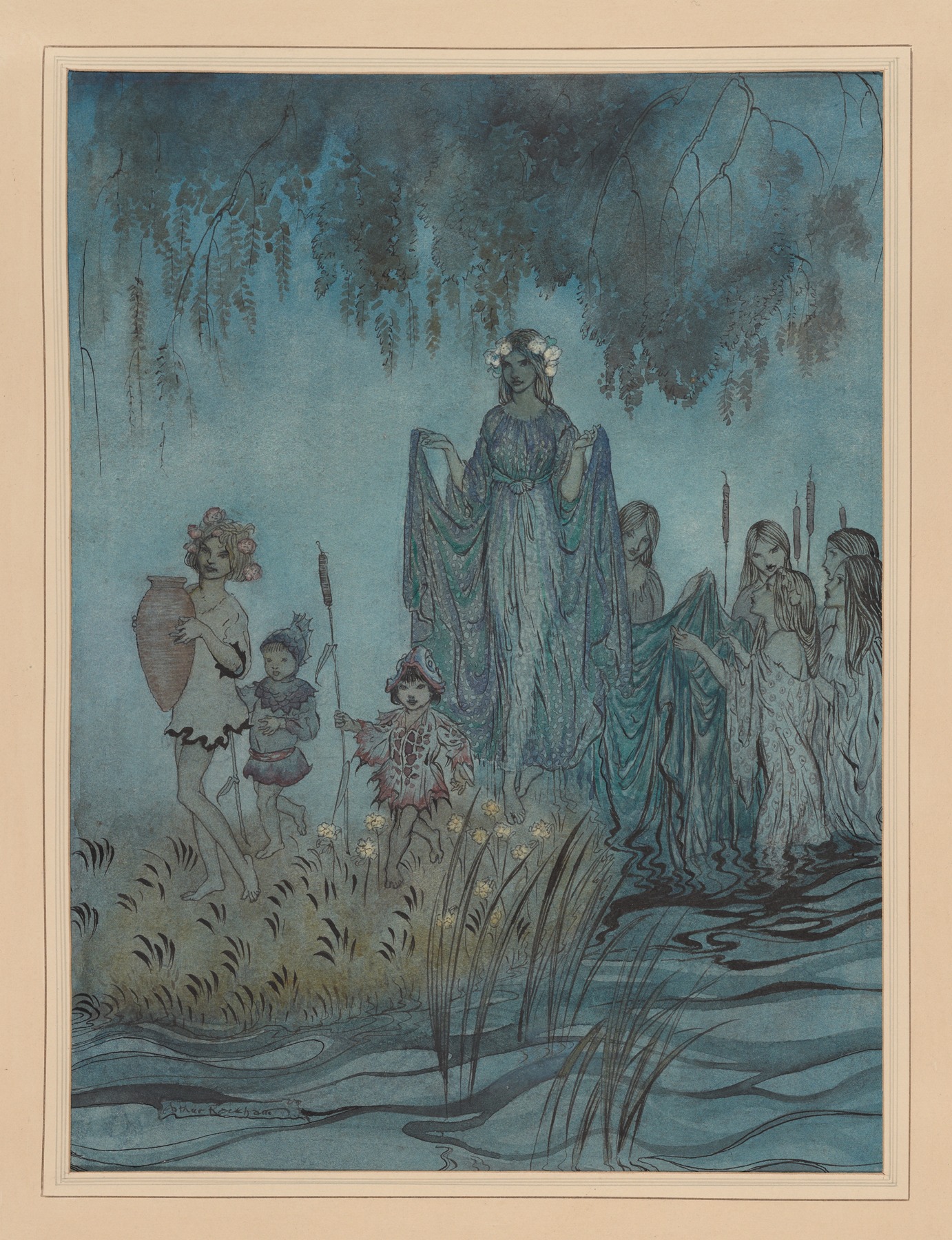
Milton’s ‘Comus’. Sabrina rises
A hand-painted replica of Arthur Rackham’s masterpiece Milton’s ‘Comus’. Sabrina rises, meticulously crafted by professional artists to capture the true essence of the original. Each piece is created with museum-quality canvas and rare mineral pigments, carefully painted by experienced artists with delicate brushstrokes and rich, layered colors to perfectly recreate the texture of the original artwork. Unlike machine-printed reproductions, this hand-painted version brings the painting to life, infused with the artist’s emotions and skill in every stroke. Whether for personal collection or home decoration, it instantly elevates the artistic atmosphere of any space.
Arthur Rackham was a renowned English book illustrator known for his distinctive style and contributions to the Golden Age of British book illustration. One of his notable works includes the illustration for John Milton's masque, "Comus," specifically the piece titled "Sabrina rises." This illustration is part of Rackham's broader body of work that captures the ethereal and fantastical elements of literary classics.
"Comus" is a masque written by John Milton and was first performed in 1634. It tells the story of a virtuous Lady who becomes lost in the woods and encounters Comus, a charming but deceitful character who represents temptation and vice. The Lady's purity and steadfastness ultimately lead to her rescue by her brothers and the water nymph Sabrina. Sabrina's intervention is a pivotal moment in the masque, symbolizing purity and divine assistance.
Arthur Rackham's illustration "Sabrina rises" captures this significant moment with his characteristic attention to detail and use of color. Rackham's work is known for its intricate linework and the ability to convey both the magical and the mysterious. In "Sabrina rises," Rackham depicts the water nymph emerging gracefully, embodying the themes of purity and salvation that are central to Milton's narrative.
Rackham's illustrations often feature a dreamlike quality, achieved through his use of muted colors and delicate lines. His portrayal of Sabrina is no exception, as he brings to life the ethereal nature of the character and the serene yet powerful presence she embodies. The illustration complements Milton's text by visually representing the themes of innocence and redemption.
Arthur Rackham's contribution to the illustration of literary works has left a lasting impact on the field of book illustration. His ability to interpret and visualize complex narratives has made his work highly regarded and sought after by collectors and enthusiasts. Rackham's illustrations for "Comus," including "Sabrina rises," are celebrated for their ability to enhance the reader's experience and understanding of the text.
Rackham's work on "Comus" is part of a larger tradition of illustrating Milton's works, which have inspired artists for centuries. His illustrations are often praised for their ability to capture the spirit of the text while adding a unique artistic interpretation. "Sabrina rises" stands out as a testament to Rackham's skill in bringing literary characters to life, providing a visual counterpart to Milton's poetic language.
In summary, Arthur Rackham's "Sabrina rises" is a significant illustration that captures a key moment in John Milton's "Comus." Through his detailed and ethereal style, Rackham enhances the narrative of the masque, offering a visual representation of its themes. His work continues to be appreciated for its artistic merit and its contribution to the tradition of illustrating classic literature.





